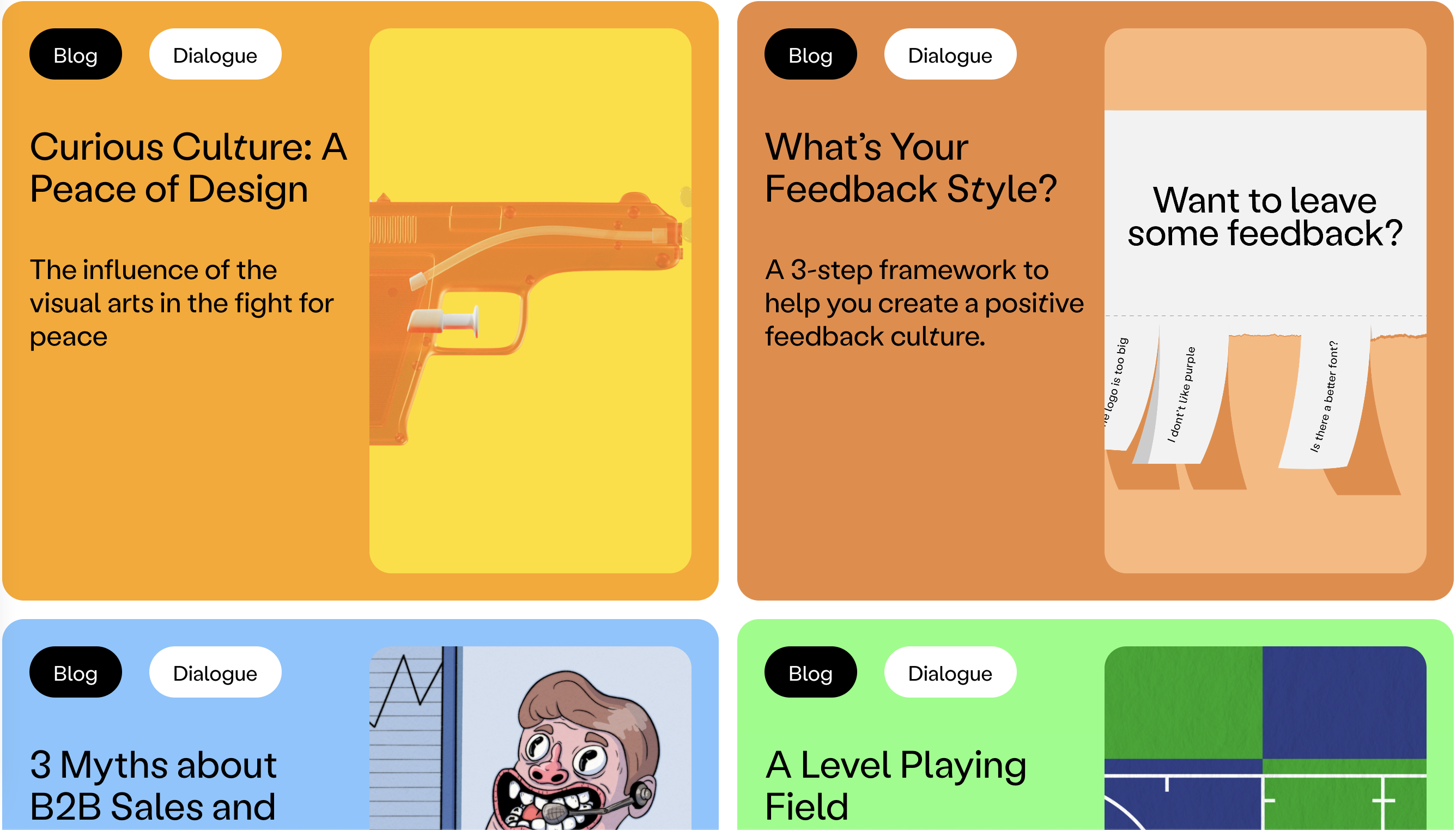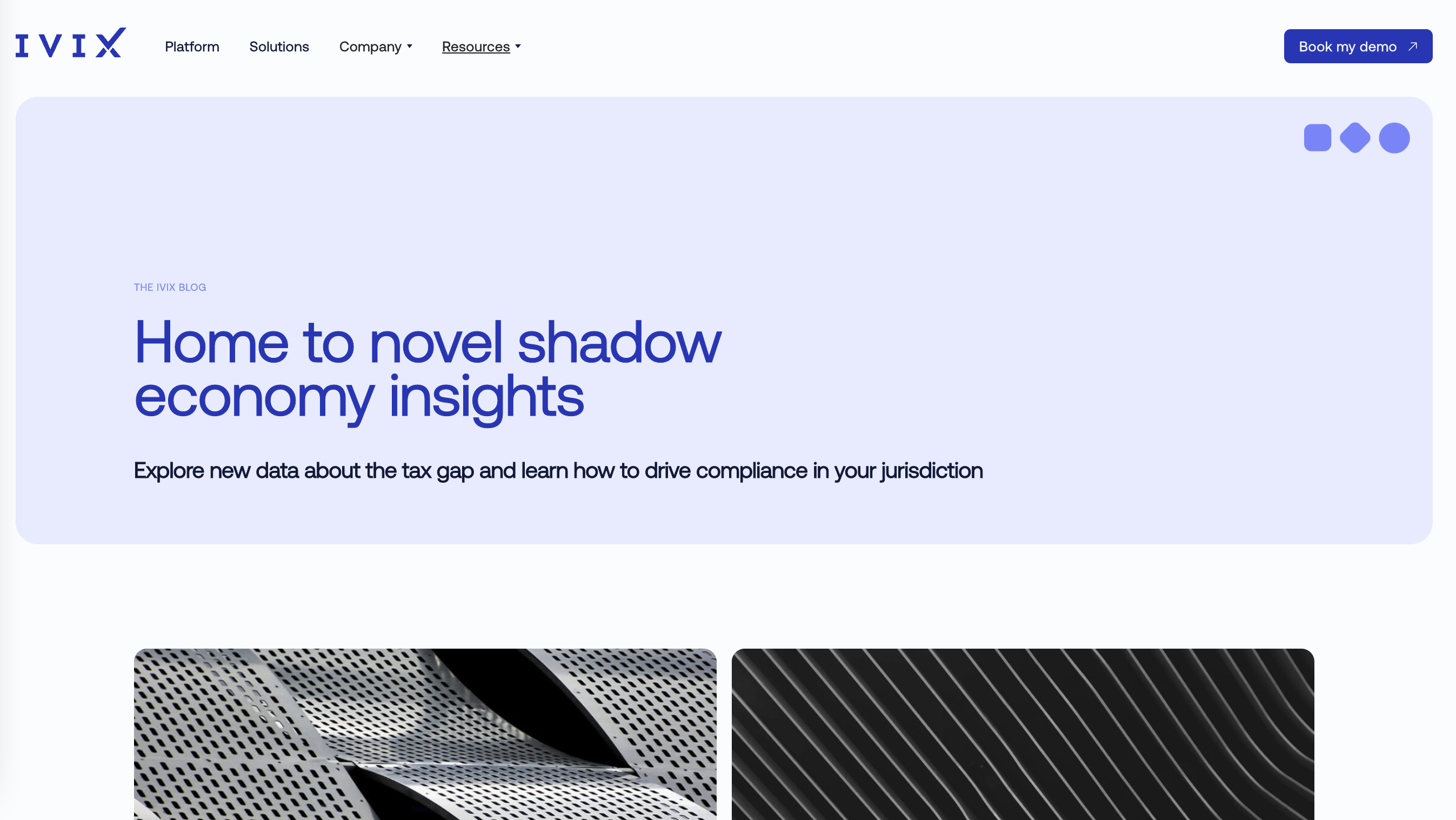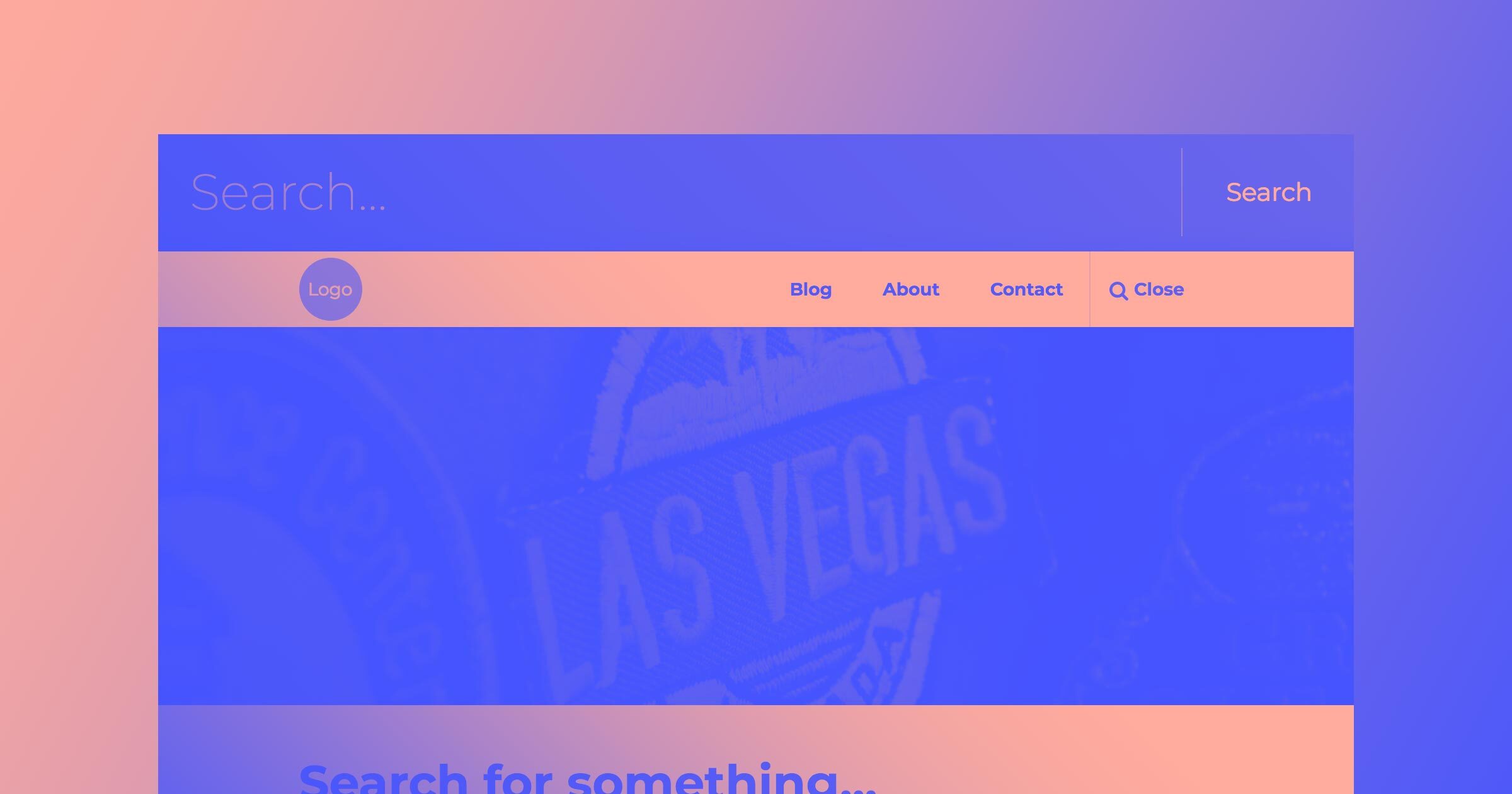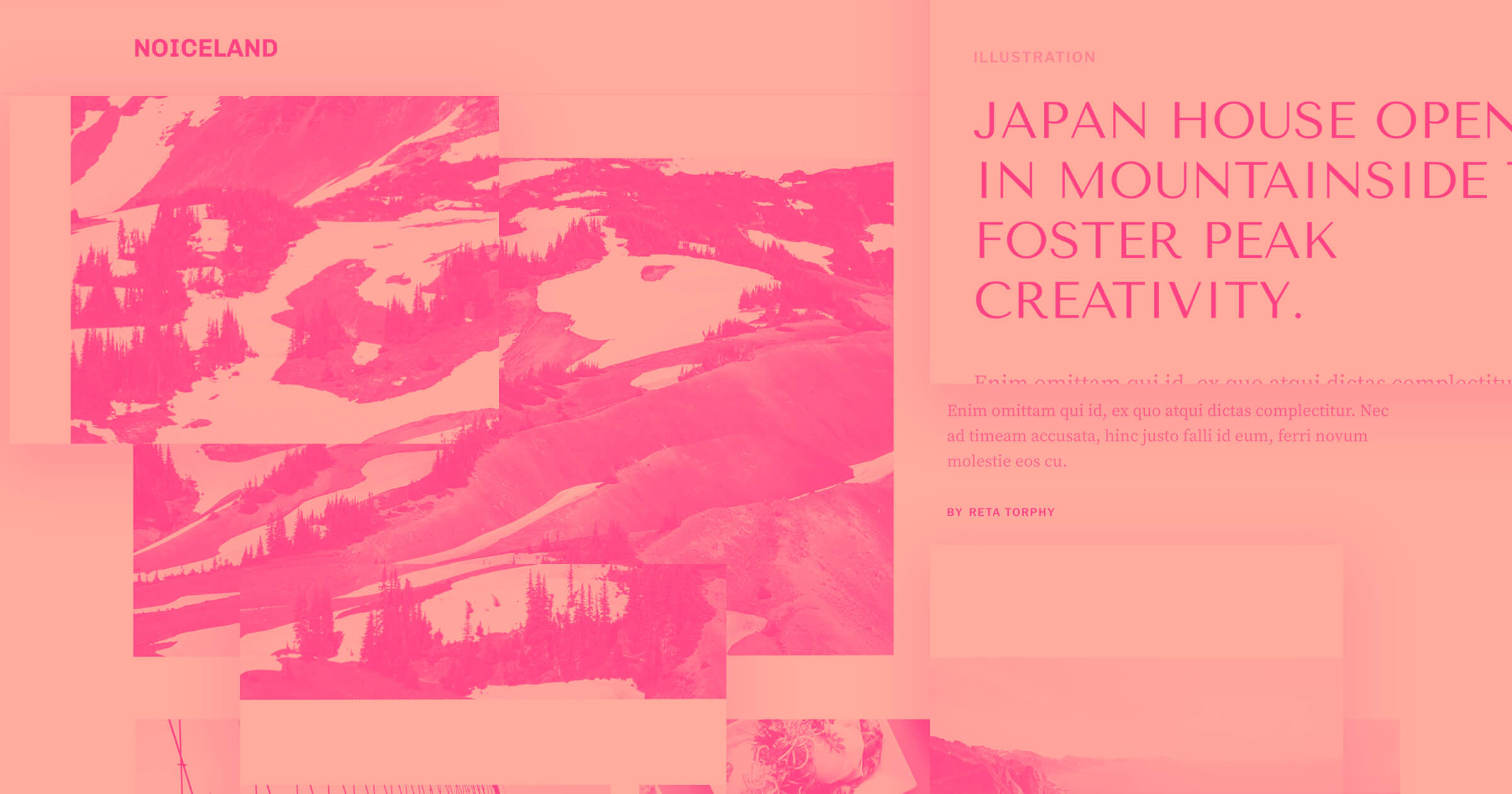Think of a blog you liked recently. It was probably written by a thought leader with expertise in their field. After reading the article, you likely left the website with valuable information and a favorable impression of whoever published it.
Starting a blog is an excellent way for individuals, companies, and startups to build an online presence that showcases their ideas and expertise. If they offer any services, that expertise helps their brands grow.
But what are they, and do you really need one? Here’s our beginner’s guide on how and why to start a blog.
What’s a blog?
A blog is a web page focusing on articles, announcements, news, or guides relevant to the blog’s target audience. They sometimes exist as a separate section on a brand’s website.
Blogs are primarily text-based content, but often include relevant pictures, videos, or infographics. The articles typically range from 500–3,000 words. They’re primarily a tool creators use to establish an online footprint, reach new audiences, gain organic traffic from Google searches, and collaborate with affiliates.
Why should you start a blog?
A blog lets you share your thoughts, services, and products with the world. Let’s look at a few advantages a blog provides:
- It expands your audience: Blogs can reach almost anyone with an internet connection and a shared interest. Maintaining a blog helps you connect with potential clients and keep your current audience engaged.
- It creates a unique brand voice: A blog represents you or your company. It's a platform to give opinions, market products and services, and let potential clients or customers know who you are and what you stand for.
- It establishes authority and credibility: With time, you’ll find a community of loyal readers who see you as a trustworthy source of information. This trustworthiness translates into trust in your brand.
How to create a blog
Starting a blog is easier than you think. Don’t fret if you aren’t tech-savvy — this guide is all you need to get started. Wondering how to make a blog for free? We’ll also share some resources and templates. Here are six steps to your first blog post:
1. Pick a name
The first thing to do is choose a name for your blog. If it’s your own blog, make sure the name represents your personal brand and conveys your intent.
It could be your own name, a brand name, your company name, or a catchy title. Ensure the name is evergreen, versatile, and recognizable. It should also align with the content. A corporate blog, for example, should represent the company but also the writers who contribute posts.
2. Define your blog’s theme and list out the topics
Before you start writing, choose several topics of interest you feel you can write about regularly. The subject matter must relate to your theme, but you can start general and narrow the focus as the blog progresses. Trying to cover too many different subjects confuses readers, so keep to a series of similar, well-connected topics.
Split the blog into subsections and organize the topics accordingly so when articles start to add up it remains simple to navigate.
3. Know your audience
Get a firm grasp of your target audience before you start writing. Ask yourself:
- Who is my target audience?
- What would they like to read or learn about?
- What content will they relate to?
- Does this blog post provide value to them?
It's important to segment your target audience based on factors like experience levels and goals. Offering advice to younger readers on how to use social media won't be particularly enlightening if they already know how, but combining social media with marketing or business offers them extra value.
Creating subcategories for your target audiences lets you deliver content that meets a specific need. If you’re targeting graphic designers, for instance, you could generate separate content for beginner, intermediate, and advanced levels.
It also helps to look at the competition. Research blogs within your niche or industry to gain insights on how to grow. The idea isn’t to copy these sites, but to understand what specific target audiences value in a high-quality blog.
4. Set up a domain and choose a platform
You’ll need to set up your own domain and select a domain name for your website. Once you’ve done that, select a web hosting service to host your new domain.
Then, choose a platform. This is where the magic happens. A visual web development platform like Webflow lets you build a fantastic website to showcase your content without any knowledge of code. We have a guide that explains our content management systems and how to set up a blog on Webflow in four steps.
5. Pick a design that represents you
The goal is to create a visual appearance for your blog that matches your niche and content. Executing this takes time and thoughtfulness, so don’t rush.
For example, writing about different elements of coffee would be complemented well by shades of brown and other earthy tones. Whatever colors you choose, be sure to create a color palette so you can keep your color scheme consistent throughout your website.
6. Write your first article
Once the site is built, it's time to write the first blog post. This article shouldn’t be an introductory post on who you are and what your blog covers — that’s why you have an “About” page.
Focus early content on less common topics to improve your blog’s search engine optimization (SEO) potential. While it’s tempting to go after popular search terms related to your work, outranking established blogs for high-volume search terms is difficult. Consider focusing your SEO strategy on lower search volume long-tail keywords (longer and more specific phrases that are searched less) so you can carve out a space in the results page. Check out our beginner’s guide to ranking on Google for more guidance.



















Get started for free
Create custom, scalable websites — without writing code. Start building in Webflow.
Can you make money blogging?
Some individuals make a living off their blogs and are considered full-time, professional bloggers. But how do bloggers make money?
As your blog grows, you’ll attract more readers, increase traffic, and improve search rankings. A blog with high traffic is eligible for advertising — a potential income stream, if the numbers are good enough.
Let’s discuss how to make money with a blog.
- Offer your products and services: You don’t need an ecommerce website to sell. If you offer various products or services, write about their uses and benefits on the blog to convince readers to become customers.
- Include ads: Once the blog’s traffic is high enough, you’re eligible to post ads with Google AdSense and enable monetization. Significant blog traffic also attracts advertisers who will pay to showcase their products on your platform.
- Take advantage of affiliate programs: Affiliate programs connect content creators with businesses hoping to leverage their platform. The creator is paid a commission for each person who refers traffic or sales to that business.
- Include memberships: You’ll likely start with a free blog, but as your traffic grows, consider charging readers for exclusive or premium blog content. You could do this through a membership or subscription model where readers have to pay a small monthly or annual fee to access content that regular users can’t see.
Need inspiration for your blog?
Check out some of the most popular blogs in your industry to understand what your target audience expects. Here are some of our favorites.
Oddigy Studio

Oddigy Studio’s blog offers vibrancy while maintaining a simple design. Clearly labeled thumbnails and sections make it easy for the reader to find their way. Each blog post is eye-catching with a large header, single-color background, and contrasting text. And after reading an article, you’ll find a CTA and a contact form, including Oddigy Studio’s social media links.
IVIX

IVIX provides in-depth research that enables tax officials to learn widespread tax noncompliance. The blog has a minimalist design with few colors — white, black, and soothing shades of blue.
Notice how IVIX uses negative space to let the blog elements breathe. The blog is “Home to novel shadow economy insights” — a crisp and concise description. Each article is clearly marked by category, with easy-to-find navigation at the top and bottom of each page.
AirTree Ventures

AirTree is a venture capital firm that supports technology companies in Australia and New Zealand. Similar to IVIX, AirTree opts for a minimal blog layout, but more classic in style — black text on a white background with a simple image.
The blog is split into three sections: Featured Articles, Investments, and Insights, accessible from the “Browse category” tab at the top of the page. There’s a simple “Subscribe” CTA in the top right-hand corner with a picture of an envelope to make navigation easier and add a nice aesthetic touch.
Build your blog with Webflow
Starting a blog feels like a big deal, but with the proper guidance and some dedication, it will greatly benefit you and your brand.
If you don’t want to start from scratch, our website builder offers ready made templates and premium themes for every blog niche.































